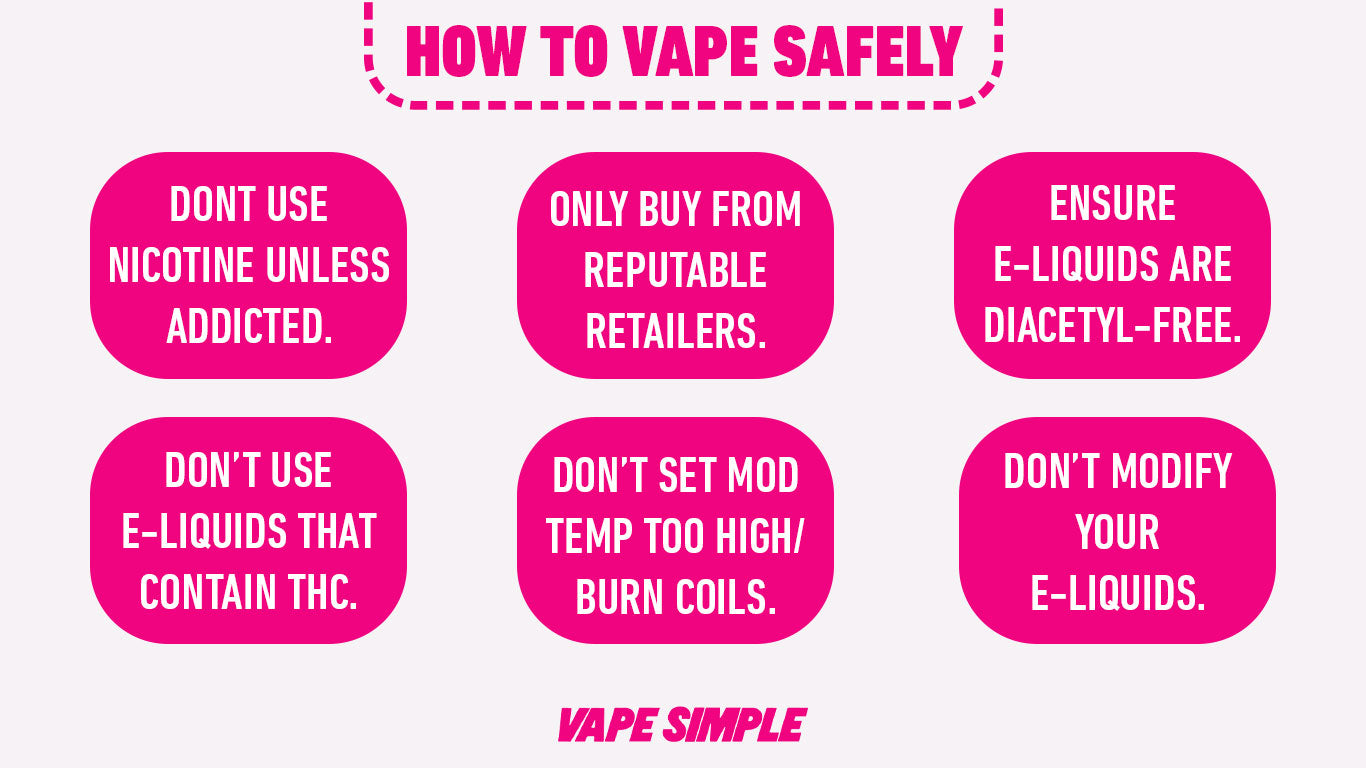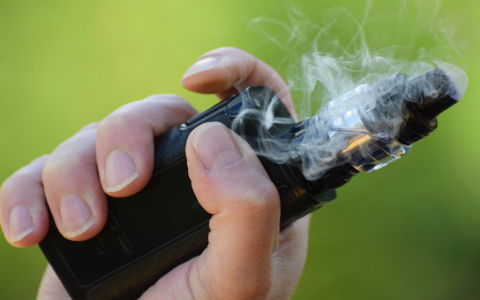While the most effective way to avoid vaping-related health risks is cessation, adopting safety measures can reduce potential side effects. Implement these three critical steps:
Prioritize Quality Hydration
Propylene Glycol (PG) in e-liquids is hygroscopic, drawing moisture.

- Drink water consistently throughout the day, especially during vaping sessions.
- Avoid excessive caffeine/alcohol which can worsen dehydration.
- Combat dry mouth, throat irritation, and potential headaches.
Maintain Device Cleanliness and Use Properly
Residue buildup and overheating contribute significantly to harmful emissions.
- Regularly clean tanks/pods and replace coils per manufacturer guidelines (typically weekly). Old coils degrade performance.
- Avoid “dry hits”. Ensure the wick is adequately saturated before inhalation.
- Use the device within recommended power ranges. Excessive wattages increase coil temperatures, potentially producing toxic carbonyl compounds (formaldehyde, acrolein).
Be Mindful of Nicotine Strength and Use Patterns
Overexposure increases side effects and dependence risk.
- Choose the lowest effective nicotine concentration that satisfies cravings without chain vaping.
- Monitor intake frequency. Avoid continuous puffing; allow time between inhalations.
- Be aware of immediate effects: dizziness, nausea, elevated heart rate signal nicotine overconsumption – stop vaping immediately.
These steps mitigate common issues like irritation and device-related toxicant exposure but do not eliminate long-term health uncertainties.










